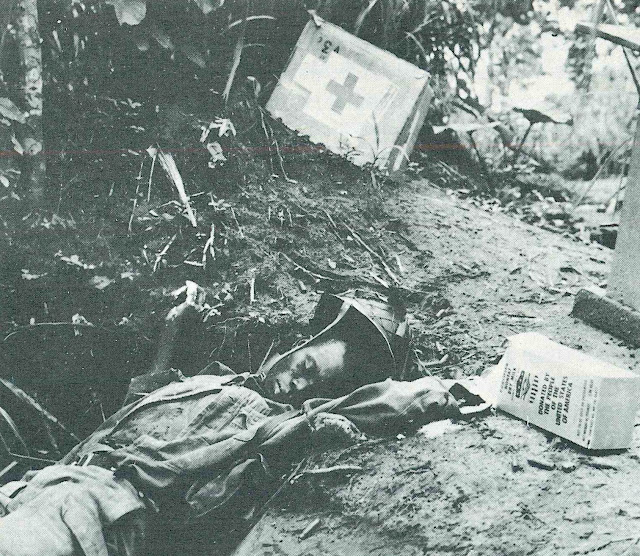In Israel, the Islamic terrorist organization Hamas opened fire on Israeli partygoers and massacred them at the Nova Festival desert music festival near the Gaza Strip in the early morning hours of October 7, 2023; at least 260 bodies were found at the festival site by rescue workers on October 8, 2023 The Israeli government has been trying to find out what happened to the Israelis. About 4,400 people were attending the event on October 7, when about 1,200 people, mostly civilian Israelis, were killed. Emergency workers called the scene a massacre. The war, forced upon Israel by a murderous mass terror attack from the Gaza Strip, broke out around 6 a.m. on October 7. At a festival held in a rural area near the border between Gaza and Israel, Hamas gunmen opened fire on fleeing participants and took others hostage.
Hamas first targeted the Nova Music Festival near Kibbutz Be'eri, only 5 km from the Gaza Strip, when air raid sirens sounded at dawn on October 7, and the terrified participants of the international festival only realized something was wrong. Hamas terrorists then shut off the electricity, fired rockets, and opened fire from a jeep they had driven into the venue. Groups of participants broke through Israeli defenses, stormed the festival on paragliders and motorcycles, slaughtered and took attendees hostage, and October 7 was also Yom Kippur, a day of atonement for the Jewish people.
Hamas rioted in towns across Israel, killing some 700 civilian men, women, and children, and abducting hundreds more Israeli hostages. Police revised the death toll from Hamas terror from 270 to 364, including 17 police officers. The number of kidnapped music festival participants was 40.Hamas, which was founded in 1987, has carried out suicide bombings and other attacks in a hard-line armed struggle that does not recognize Israel in any way. On the other hand, Hamas also conducted welfare activities for Palestinian citizens and gained their support. After an armed struggle with moderate Fatah, Hamas has effectively controlled the Gaza Strip since 2007.
On October 7, the Israeli Security Cabinet approved significant military measures for the war situation in accordance with Article 40 of the Basic Law. The Security Cabinet issued a series of operational decisions. Destroy the military and governance capabilities of Hamas and Islamic Jihad to disrupt their ability and willingness to threaten and attack Israeli civilians.



























